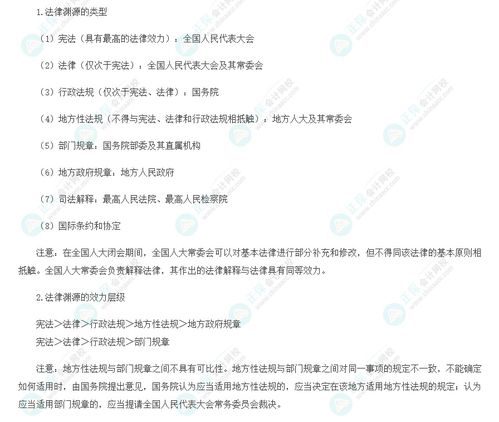法律规定最多上几天班合法
Title: Legal Limitations on Working Hours: Understanding Maximum Workdays
In many jurisdictions, labor laws prescribe the maximum number of consecutive days an employee can work without a break. These regulations are crucial for ensuring the wellbeing and safety of workers, preventing burnout, and promoting worklife balance. Let's delve into the legal frameworks governing maximum workdays across various jurisdictions and explore the implications for employers and employees.
Understanding Legal Limitations:
1. United States:
In the United States, federal labor laws do not explicitly limit the number of consecutive workdays for most industries. However, they require employers to provide overtime pay for nonexempt employees who work more than 40 hours in a workweek. Some states may have additional regulations regarding rest days or maximum consecutive workdays, but these vary widely.
2. European Union:
EU member states typically have stringent regulations concerning maximum working hours and rest periods. The Working Time Directive mandates a minimum daily rest period of 11 consecutive hours in every 24hour period and a minimum weekly rest period of 24 uninterrupted hours, in addition to daily rest. Some countries within the EU, such as France and Germany, have implemented further restrictions on consecutive workdays.
3. United Kingdom:
In the UK, the Working Time Regulations stipulate that workers are entitled to an uninterrupted rest period of at least 24 hours in each sevenday period, or 48 hours in every 14day period. This effectively limits the number of consecutive workdays, although specific rules may vary depending on the industry and individual employment contracts.
4. China:
China's labor laws prescribe a standard working week of 40 hours, with no more than eight hours per day. Additionally, employees are entitled to at least one rest day per week. While the law does not specify a maximum limit on consecutive workdays, it indirectly restricts excessive overtime through provisions on working hours and rest days.
5. Australia:

Australian labor laws vary by state, but they generally require employers to provide employees with a minimum of one day off per week, or two consecutive days off within a fortnight. Additionally, they mandate maximum weekly working hours and overtime pay for hours worked beyond standard limits.
Implications for Employers and Employees:
Compliance:
Employers must familiarize themselves with relevant labor laws and ensure compliance to avoid legal repercussions and potential fines.
Employee Wellbeing:
Limiting consecutive workdays helps safeguard the physical and mental health of employees, reducing the risk of burnout, fatigue, and stressrelated illnesses.
Productivity and Efficiency:
Adequate rest periods contribute to higher productivity levels and job satisfaction among employees, ultimately benefiting the organization.
Flexibility and Exceptions:
While legal frameworks provide general guidelines, certain industries or circumstances may necessitate exceptions or flexible arrangements. Employers should balance operational needs with employee welfare considerations.Conclusion:
Legal limitations on maximum workdays play a crucial role in safeguarding the rights and wellbeing of workers across various industries and jurisdictions. By adhering to these regulations, employers can foster a healthier, more productive work environment while ensuring compliance with labor laws. It's imperative for both employers and employees to understand their rights and obligations regarding maximum workdays to promote fair labor practices and enhance workplace satisfaction.











